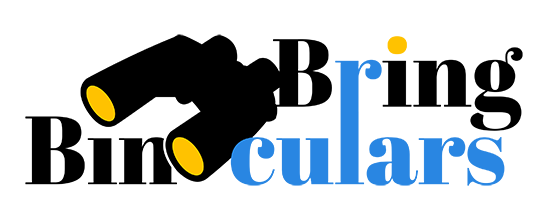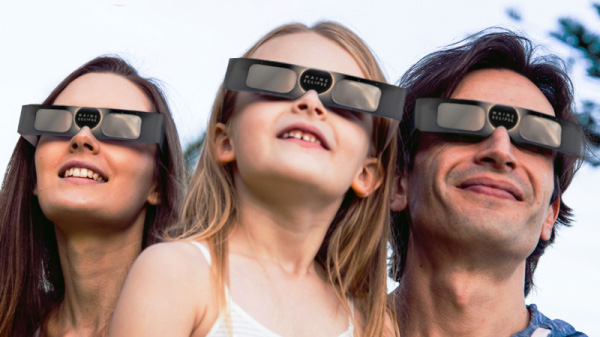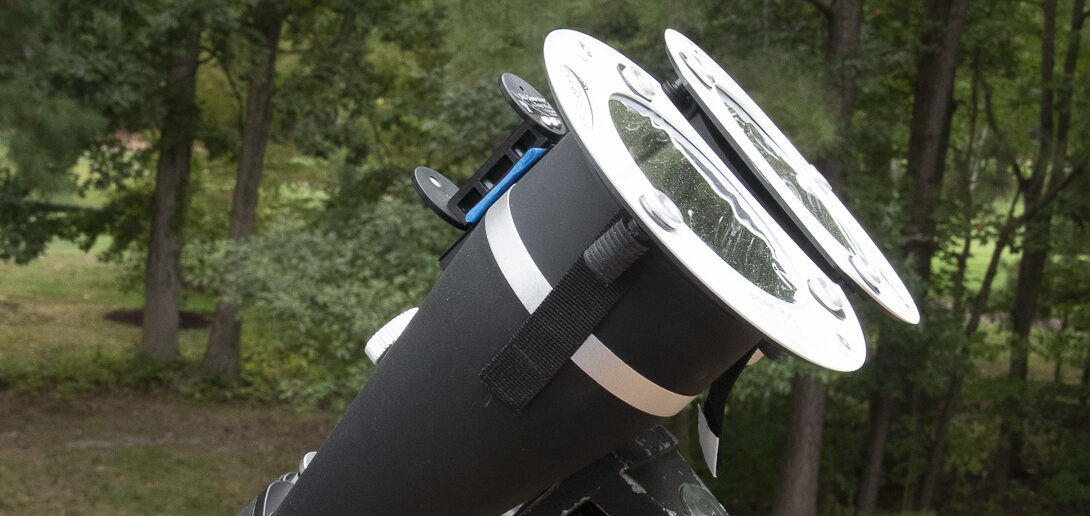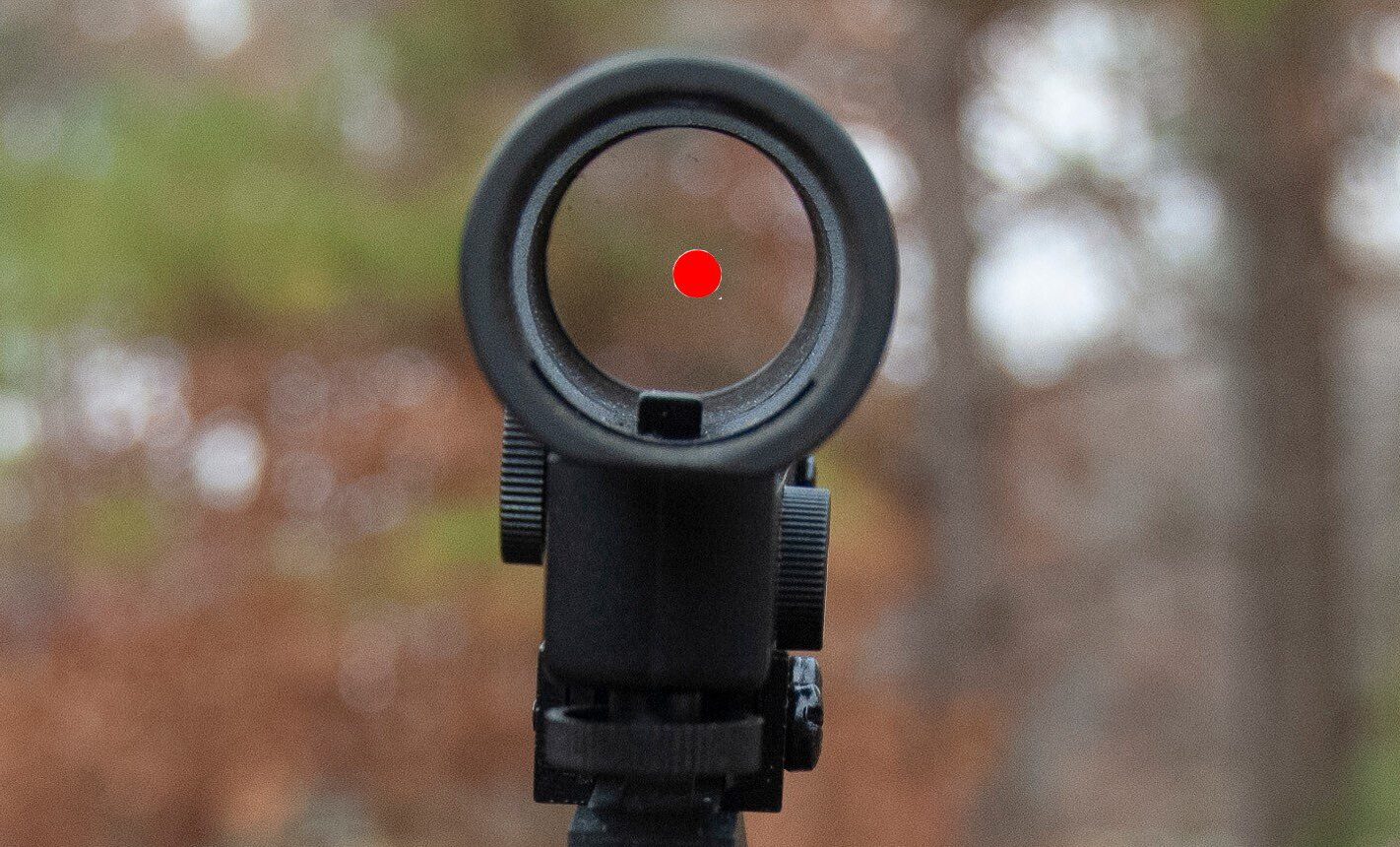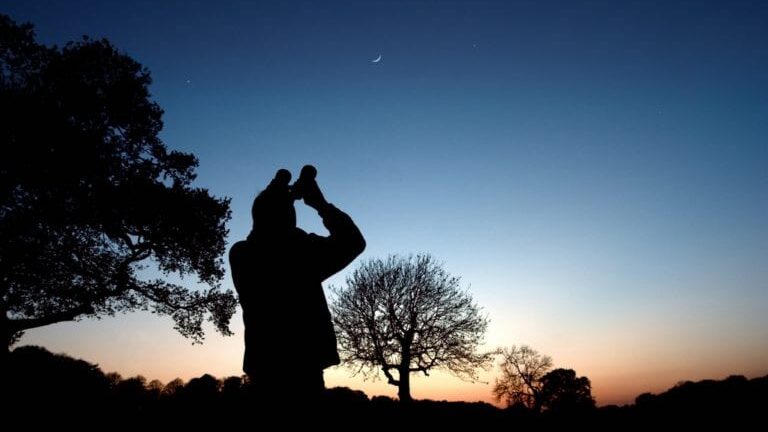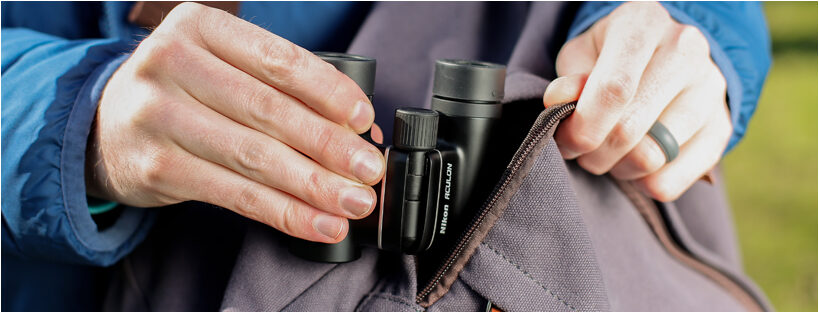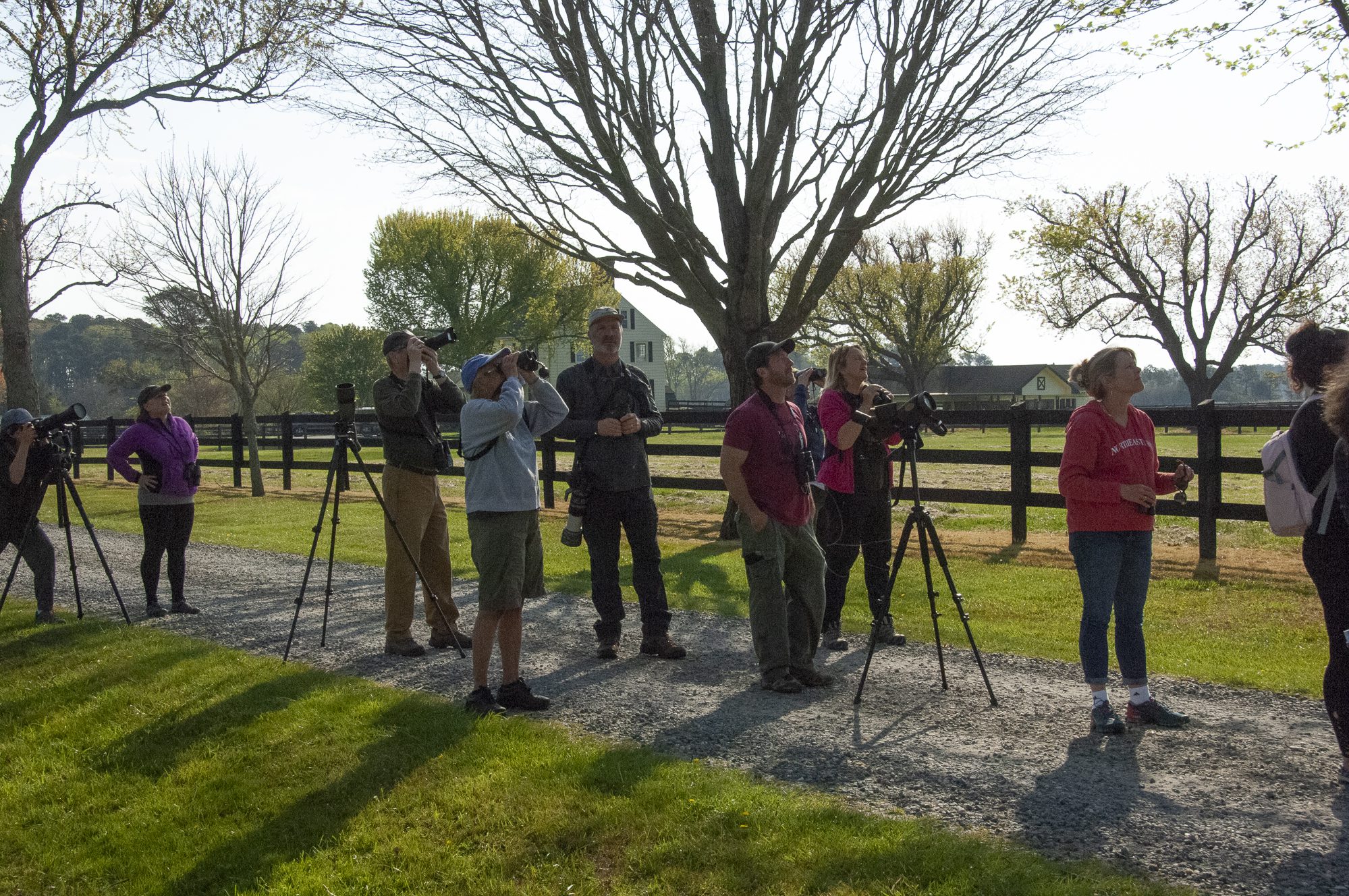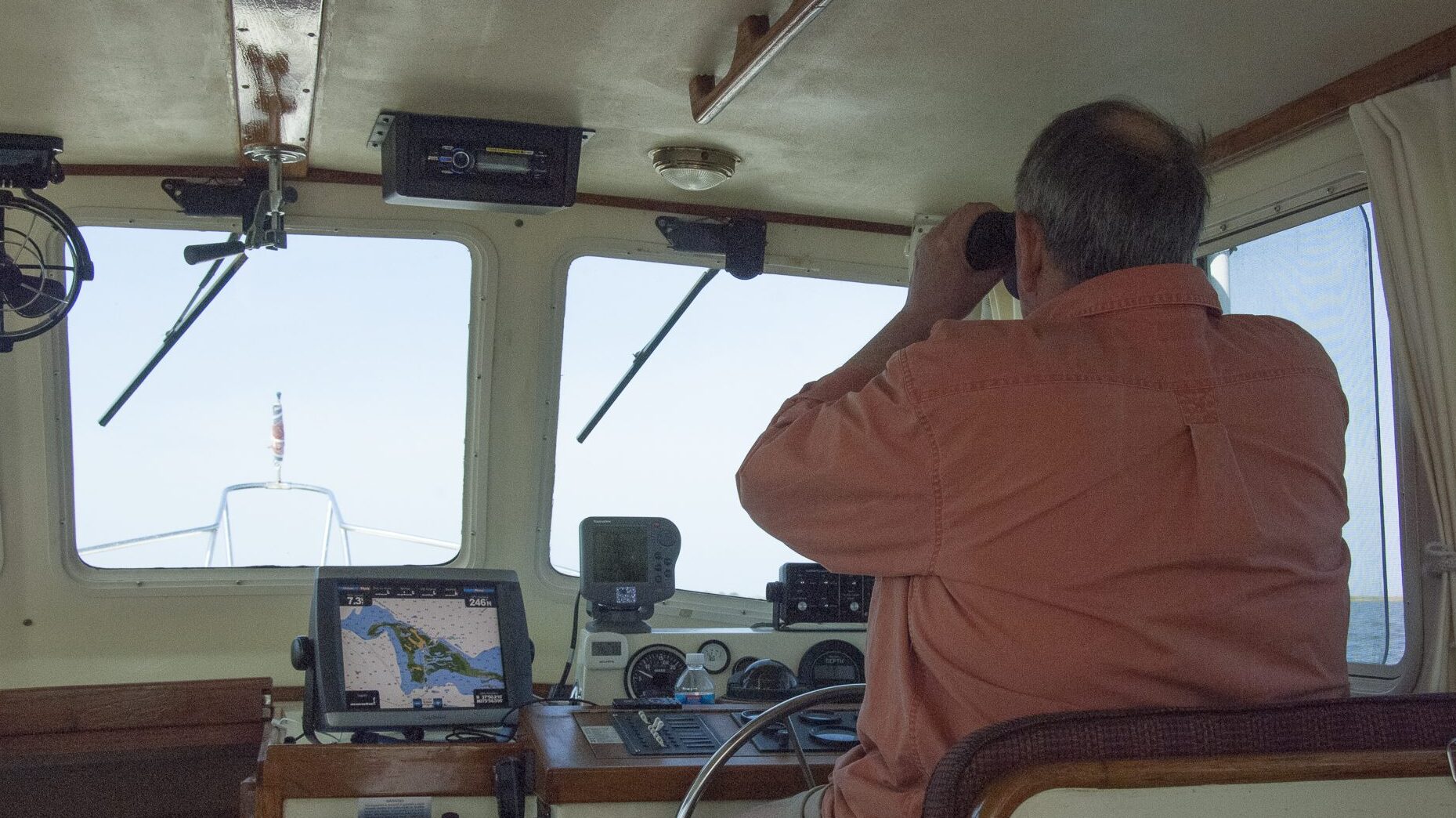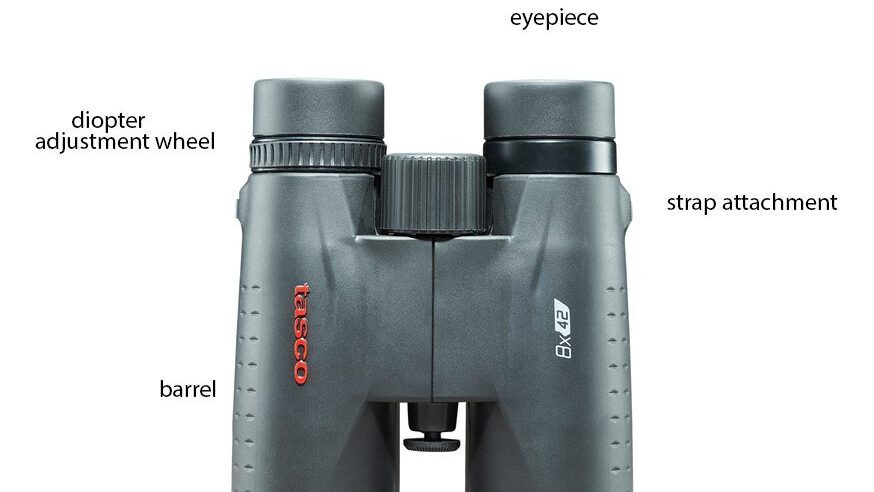Brush up on binocular words and jargon with this glossary of definitions unique to the world of binoculars. Here’s our list of good-to-know binocular words.
ADAPTER is a device designed as an accessory to expand the use of binoculars
APERTURE is defined as the amount of light gathering ability of binocular lens. It is the size of the objective lens of binoculars.
BARREL is a type of binocular with one of two glass elements in each side of a binocular.
BINOCULARS are two hand-held optics mounted side-by-side and aligned to point in the same direction that you hold with both hands. You look through them to see things that are far away. Experts suggest for best viewing choose 7X, 8X or 10X magnification and 50 millimeters for front lens.
CENTER FOCUS is the knob between the two barrels of binoculars that allow both eyepieces to focus. It is also called the center focusing wheel.
CLOSE FOCUS is the closest distance that binoculars can clearly focus with your eyesight.
COMPASS a type of binoculars with a built-in compass useful for boating and hiking.
DEPTH OF FIELD describes the part of an image between the foreground and background that is in focus.
DIGITAL a point and shoot camera built into binoculars.
DIOPTER describes the adjuster on the right eyepiece of binoculars that compensates for differences between your eyes. The right eyepiece is also called the adjuster eyepiece.
EYE CUPS are rubber shields at the end of the eyepieces that protect your eyes and allows adjustment of the eyepieces.
EYEPIECE is the lens between the viewer’s eye and the final image, it is the back components of one barrel of a binocular.
FIELD GLASSES are a type of binoculars that uses a second lens instead of prisms.
FOCUS means a change in viewing distance so the image appears sharp
FOV is the abbreviation for field of view. It is the size of the image, the broad area described as the edge to edge view that you see through binoculars.
IMAGE what you see loooking in binoculars or a camera.
IMAGE STABILIZED is a feature of binoculars that self-steadies an image.
INDIVIDUAL FOCUS is a feature of binoculars that focuses eyepieces separately.
LANYARD is a lightweight strap that attaches to binoculars and hangs around your neck.
MAGNIFICATION tells you how many times bigger you will see an image.
MONOCULAR is a handheld optic that is half of a binocular with one eyepiece that uses one eye
A MONOPOD is a single, lightweight support pole to stabilize binoculars and adjusts in height. Some have 3 feet and can stand alone.
OCULAR desribes anything relaating to eyes or the eyepieces in binoculars.
OPERA GLASSES are small, low powered, lightweight binoculars used in theaters and at events.
O RING a pliable material used as a gasket or sealant.
PORRO is a type of binocular prism with a traditional appearance. It bends the light inside the barrels to produce the image and create clear vision.
POWER of binoculars is its magnification.
ROOF is a type of binocular prism that are more compact than a porro prism. The lens and eyepiece are in a straight line.
A SPOTTING SCOPE is a single optic with a powerful lens. A straight design has its eyepiece aligned with the lens. An angled design has the eyepiece set at a 45-90 degree angle.
10×25 on binoculars defines its magnifying power and size of lens. The “10” is the magnification power and describes how many times bigger you see an image. The “25” defines the size of the diameter of the lens measured in millimeters.
A TRIPOD is a 3-legged support mount for binoculars and other optics and cameras used with an adapter to hold it steady and stable for hands-free viewing.
A SATELLITE is a man-made object in orbit around a planet.
SHOOTING STARS are meteors falling to the earth from space.
A STAR CLUSTER is a large group of stars bound together by gravity.
TWINKLING is how stars appear as pinpoints of light in the sky.
URSA MAJOR is the brightest stars that make up the Big Dipper.
URSA MINOR is known as Little Bear and often called the Little Dipper.
WANING is the moon changing from full to new.
WAXING is the moon moving from new to its full phase.
WIDE-ANGLE is a type of binoculars with a wider than 65 degrees field of view.
Gene and Katie Hamilton are long-time writers about using binoculars for boating, bird watching, stargazing and traveling. They are members of the Outdoor Writers Association of America.
Post Views: 1,893
|
